Home>Gardening & Outdoor>Landscaping Ideas>How Long To Stay Off Grass After Treatment
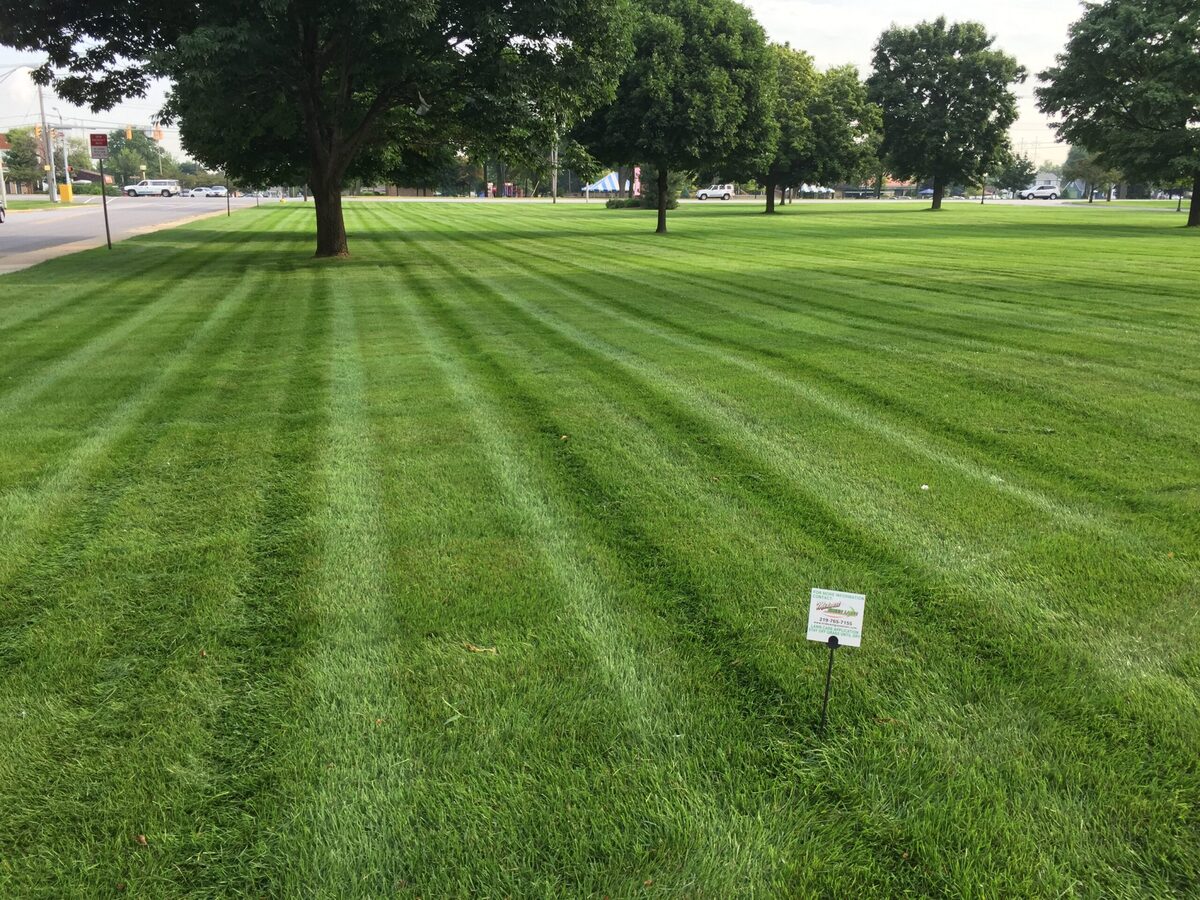

Landscaping Ideas
How Long To Stay Off Grass After Treatment
Modified: February 18, 2024
Discover the best landscaping ideas and learn how long to stay off grass after treatment for a healthy and vibrant lawn. Explore expert tips and advice for maintaining your outdoor space.
(Many of the links in this article redirect to a specific reviewed product. Your purchase of these products through affiliate links helps to generate commission for Storables.com, at no extra cost. Learn more)
Introduction
Welcome to the world of lush green lawns and vibrant landscapes! As a homeowner or a landscaping enthusiast, you understand the joy of gazing upon a healthy, well-maintained lawn. However, achieving and preserving such beauty often involves various treatments and care routines. One common concern among individuals who have recently treated their grass is the duration for which they should stay off the grass to allow the treatment to take effect.
In this comprehensive guide, we will delve into the intricacies of grass treatments, explore the different types of treatments available, and discuss the factors that influence the recovery time for your lawn. Additionally, we will provide valuable insights into the recommended period for staying off the grass after treatment. By the end of this article, you will be equipped with the knowledge to ensure the optimal health and longevity of your lawn following any treatment.
Key Takeaways:
- Stay off the grass for 24-48 hours after herbicide application to let it work. For fertilization and soil treatments, wait 24 hours. For aeration, dethatching, and overseeding, give it 7-14 days.
- Understanding recovery factors like grass type, climate, and maintenance helps you make informed decisions. Following recommended stay-off periods ensures effective treatments and a healthy, vibrant lawn.
Read more: How Long To Stay Off Grass After Fertilizing
Understanding Grass Treatment
Grass treatment encompasses a wide range of practices and procedures aimed at nurturing and revitalizing lawns. Whether you are dealing with a pesky weed infestation, a fungal disease, or simply aiming to promote healthy growth, grass treatments play a pivotal role in maintaining the overall well-being of your lawn.
One of the fundamental aspects of grass treatment involves the application of various products, such as herbicides, fungicides, fertilizers, and pesticides. These products are carefully selected based on the specific needs of your lawn, taking into account factors such as the grass species, soil composition, climate, and any existing issues that need to be addressed.
Furthermore, grass treatment may involve aeration, dethatching, overseeding, and topdressing, all of which contribute to the health and resilience of the grass. Aeration, for example, helps alleviate soil compaction and promotes better air and water circulation to the grassroots, while dethatching removes accumulated layers of dead organic matter, allowing for improved nutrient absorption and moisture retention.
It is important to note that grass treatment is not a one-size-fits-all solution. Each lawn has its own unique requirements, and a tailored approach is essential for achieving optimal results. Moreover, understanding the specific issues affecting your lawn is crucial for determining the most effective treatment plan.
By gaining a deeper understanding of the intricacies involved in grass treatment, you can make informed decisions and take the necessary steps to ensure the vitality and vibrancy of your lawn.
Types of Grass Treatments
Grass treatments are diverse and multifaceted, catering to the varying needs of lawns based on factors such as season, climate, soil composition, and existing issues. Understanding the different types of grass treatments is essential for identifying the most suitable approach for maintaining the health and aesthetics of your lawn.
1. Weed Control: Weed infestations can significantly detract from the beauty of a lawn. Herbicidal treatments are commonly employed to target and eliminate weeds, thereby preventing them from choking out the grass and inhibiting healthy growth.
2. Fertilization: Fertilizing the lawn is a fundamental aspect of grass care. Fertilizer applications provide essential nutrients, such as nitrogen, phosphorus, and potassium, which promote robust growth, vibrant color, and improved resistance to stressors.
3. Pest and Disease Management: Grass treatments often involve addressing pest infestations and diseases that can compromise the health of the lawn. Pesticides and fungicides are utilized to control and eradicate harmful pests and pathogens, safeguarding the grass from potential damage.
4. Aeration and Dethatching: Aerating and dethatching treatments are aimed at enhancing soil structure and promoting healthier grassroots. Aeration involves perforating the soil to alleviate compaction, while dethatching removes accumulated organic debris, allowing for better nutrient absorption and moisture retention.
5. Overseeding and Topdressing: Over time, lawns may experience thinning and bare patches. Overseeding involves sowing new grass seeds into existing turf to bolster density and fill in sparse areas. Topdressing, on the other hand, involves applying a thin layer of soil and organic matter to improve soil quality and level uneven terrain.
By familiarizing yourself with these various types of grass treatments, you can better assess the specific needs of your lawn and determine the most effective strategies for maintaining its health and vitality.
Stay off grass for at least 24-48 hours after treatment to allow the chemicals to be absorbed and dry. This will help prevent exposure and potential harm to people and pets.
Factors Affecting Recovery Time
The recovery time for grass following treatment is influenced by a myriad of factors, each playing a crucial role in determining how long it takes for the grass to bounce back to its optimal state. Understanding these factors is essential for managing expectations and ensuring that the treated lawn has sufficient time to heal and thrive.
1. Type of Treatment: The specific grass treatment administered significantly impacts the recovery time. For instance, certain herbicides may require a brief period for absorption and translocation within the plant before exhibiting visible effects on weeds, while fertilization treatments may lead to more immediate improvements in grass health.
2. Grass Species: Different grass species exhibit varying growth rates and resilience. The recovery time may differ based on whether the lawn primarily consists of cool-season grasses, such as Kentucky bluegrass and fescue, or warm-season varieties like Bermuda grass and Zoysia grass.
3. Environmental Conditions: Climate, temperature, humidity, and precipitation all influence the recovery time for treated grass. Warmer temperatures and adequate moisture can expedite the healing process, while extreme heat or drought may prolong recovery periods.
4. Soil Health: The condition of the soil, including its nutrient levels, pH balance, and compaction, directly impacts the ability of the grass to recover from treatments. Well-aerated, nutrient-rich soil fosters faster recuperation and robust growth.
5. Severity of Issues: The severity of the problems being addressed, such as weed infestations, pest damage, or nutrient deficiencies, can influence the recovery time. Extensive issues may require more time for the grass to fully recover and regain its vigor.
6. Maintenance Practices: Proper post-treatment care, including watering, mowing, and avoiding additional stressors, plays a vital role in facilitating the recovery of the grass. Adhering to recommended maintenance practices can expedite the healing process.
By taking these factors into account, homeowners and landscaping enthusiasts can gain a clearer understanding of the variables affecting recovery time and make informed decisions to support the post-treatment rejuvenation of their lawns.
Recommended Period to Stay Off Grass After Treatment
After administering a grass treatment, it is crucial to allow the necessary time for the products to take effect and for the grass to recuperate. While the specific duration for staying off the grass may vary based on the type of treatment and other influencing factors, there are general guidelines to consider for ensuring the efficacy of the treatment and the health of the lawn.
1. Herbicide Applications: Following the application of herbicides to address weed infestations, it is advisable to stay off the treated areas for a minimum of 24 to 48 hours. This allows the herbicide to be absorbed by the weeds and minimizes the risk of unintentional contact with the product, promoting its effectiveness in targeting the unwanted vegetation.
2. Fertilization and Soil Treatments: When fertilizing the lawn or applying soil amendments, staying off the grass for approximately 24 hours is often recommended. This allows the products to be properly absorbed and integrated into the soil, ensuring that the grass can benefit from the nutrients without being subjected to foot traffic that may disrupt the treatment.
3. Pesticide and Fungicide Treatments: Following the application of pesticides or fungicides to manage pest infestations or fungal issues, it is advisable to stay off the treated areas for at least 24 hours. This minimizes the risk of contact with the chemicals and allows the products to combat the targeted pests or pathogens effectively.
4. Aeration, Dethatching, and Overseeding: After performing aeration, dethatching, or overseeding treatments, it is beneficial to stay off the treated areas for approximately 7 to 14 days. This extended period allows the grass to recover from the mechanical stress and facilitates the establishment of newly seeded areas.
5. Topdressing Applications: Following topdressing applications, staying off the grass for 7 to 14 days is recommended to allow the added soil and organic matter to integrate with the existing turf and promote uniformity in the lawn’s appearance and texture.
It is important to note that these recommended periods may vary based on the specific products used, environmental conditions, and the overall health of the lawn. Additionally, adhering to manufacturer instructions and any guidelines provided by lawn care professionals is essential for ensuring the safety and effectiveness of the treatments.
By observing the recommended periods for staying off the grass after treatment, homeowners can contribute to the successful implementation of the treatments and foster the optimal recovery and rejuvenation of their lawns.
Read more: How Long To Stay Off Grass After Pesticide
Conclusion
Embarking on a journey to maintain a healthy and vibrant lawn involves a deep understanding of grass treatments, their implications, and the necessary steps to support the recovery of the grass following treatment. By comprehending the diverse types of grass treatments, including weed control, fertilization, pest and disease management, aeration, dethatching, overseeding, and topdressing, homeowners can tailor their approach to address the specific needs of their lawns.
Factors such as the type of treatment, grass species, environmental conditions, soil health, the severity of issues, and maintenance practices all play pivotal roles in influencing the recovery time for treated grass. By acknowledging and considering these factors, individuals can make informed decisions and implement strategies to facilitate the post-treatment healing and rejuvenation of their lawns.
Furthermore, understanding the recommended periods for staying off the grass after treatment is essential for ensuring the effectiveness of the products and the overall well-being of the lawn. Whether it involves herbicide applications, fertilization, pesticide and fungicide treatments, or various lawn enhancement procedures, adhering to the specified periods for staying off the grass contributes to the successful implementation of the treatments and supports the optimal recovery of the grass.
Ultimately, the dedication to maintaining a healthy and vibrant lawn extends beyond the application of treatments; it encompasses a holistic approach that considers the unique characteristics and requirements of the lawn. By integrating knowledge, care, and appropriate measures, homeowners can cultivate thriving, resilient lawns that serve as captivating extensions of their living spaces, enriching their outdoor experiences and enhancing the beauty of their surroundings.
Armed with the insights and guidelines presented in this guide, individuals are empowered to embark on their lawn care journeys with confidence, equipped with the knowledge to nurture and sustain the vitality of their cherished outdoor landscapes.
Frequently Asked Questions about How Long To Stay Off Grass After Treatment
Was this page helpful?
At Storables.com, we guarantee accurate and reliable information. Our content, validated by Expert Board Contributors, is crafted following stringent Editorial Policies. We're committed to providing you with well-researched, expert-backed insights for all your informational needs.
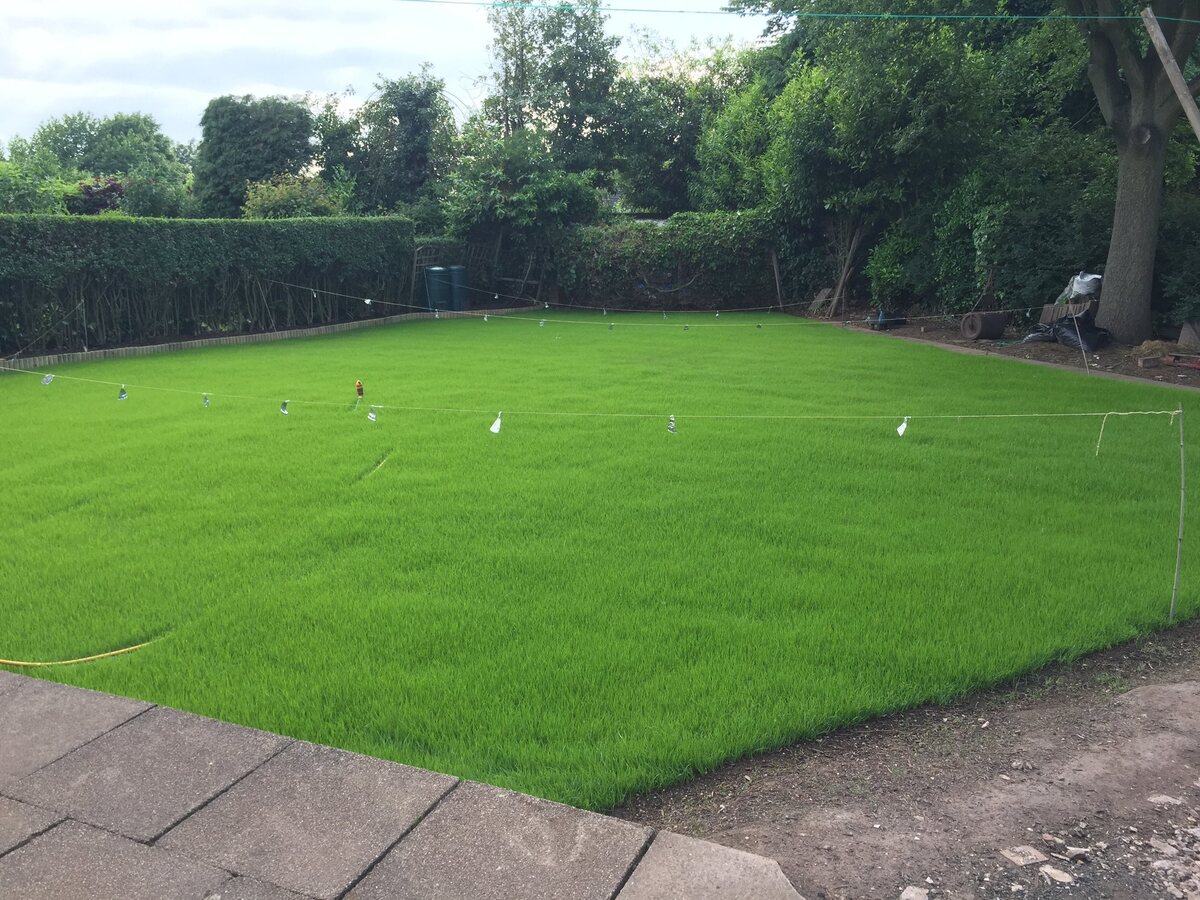
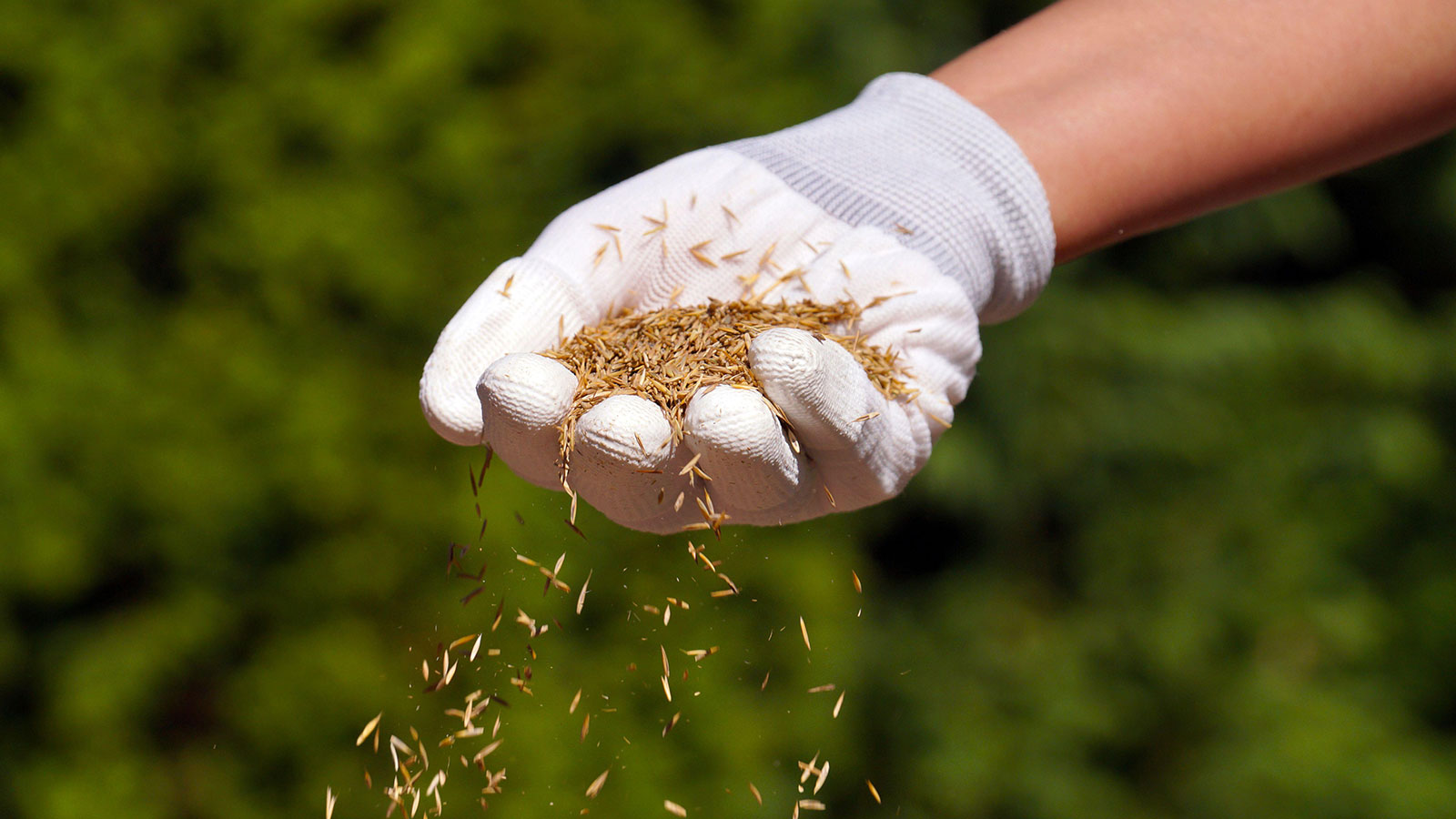
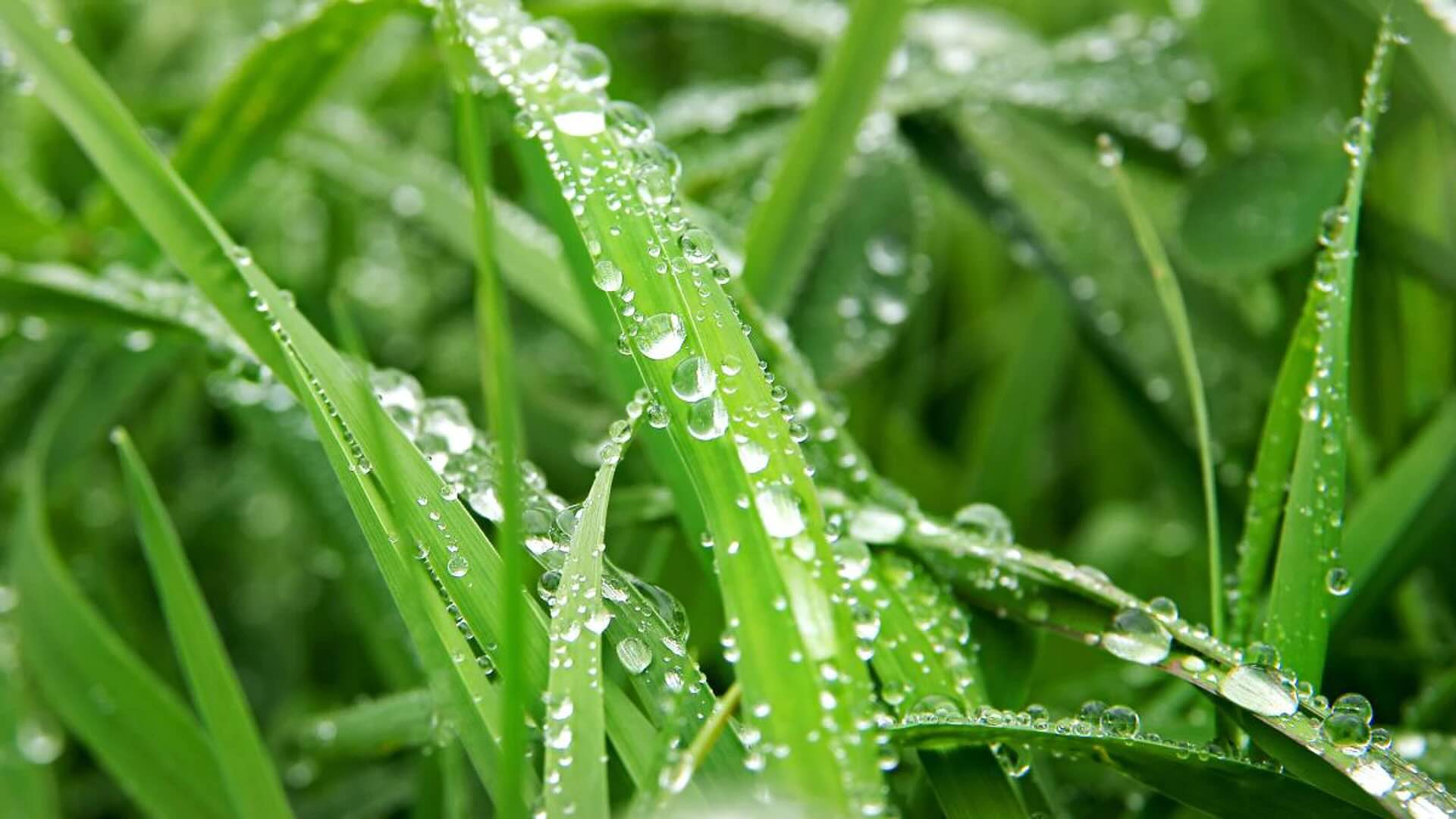

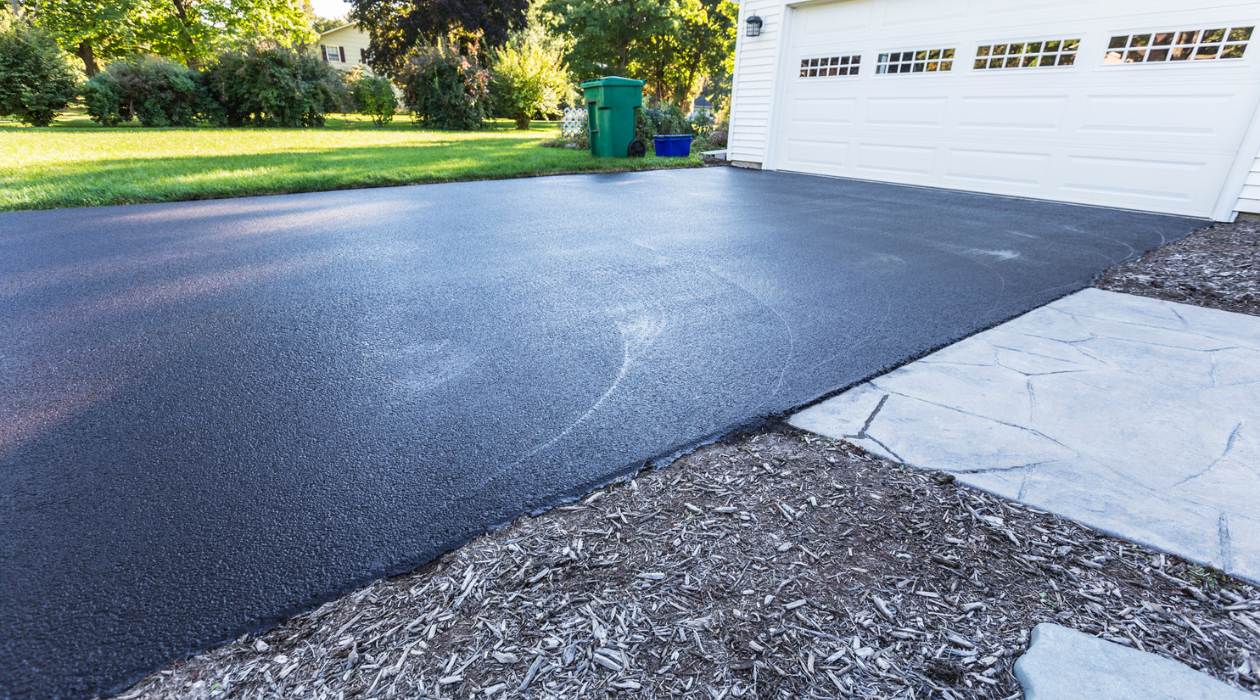
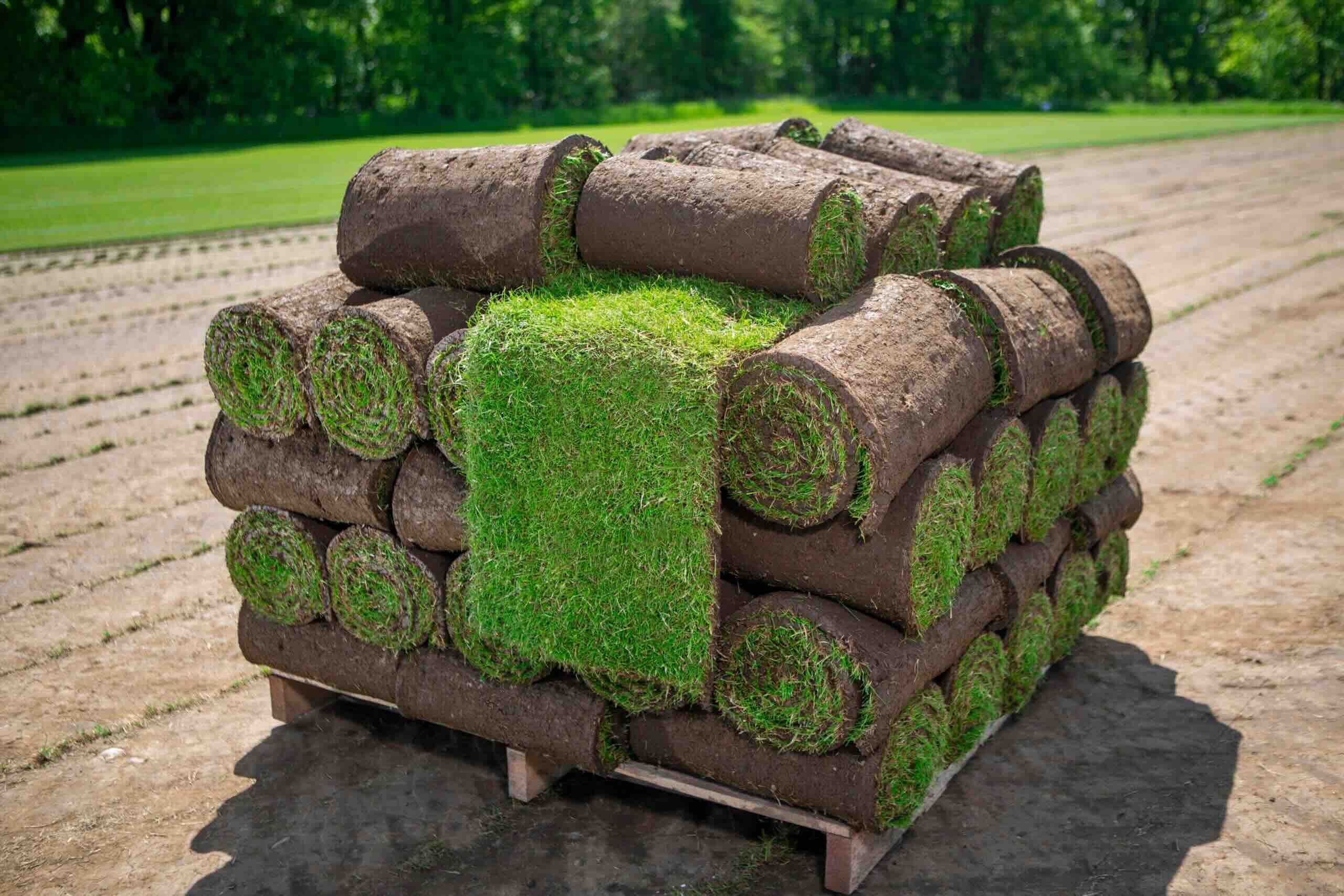
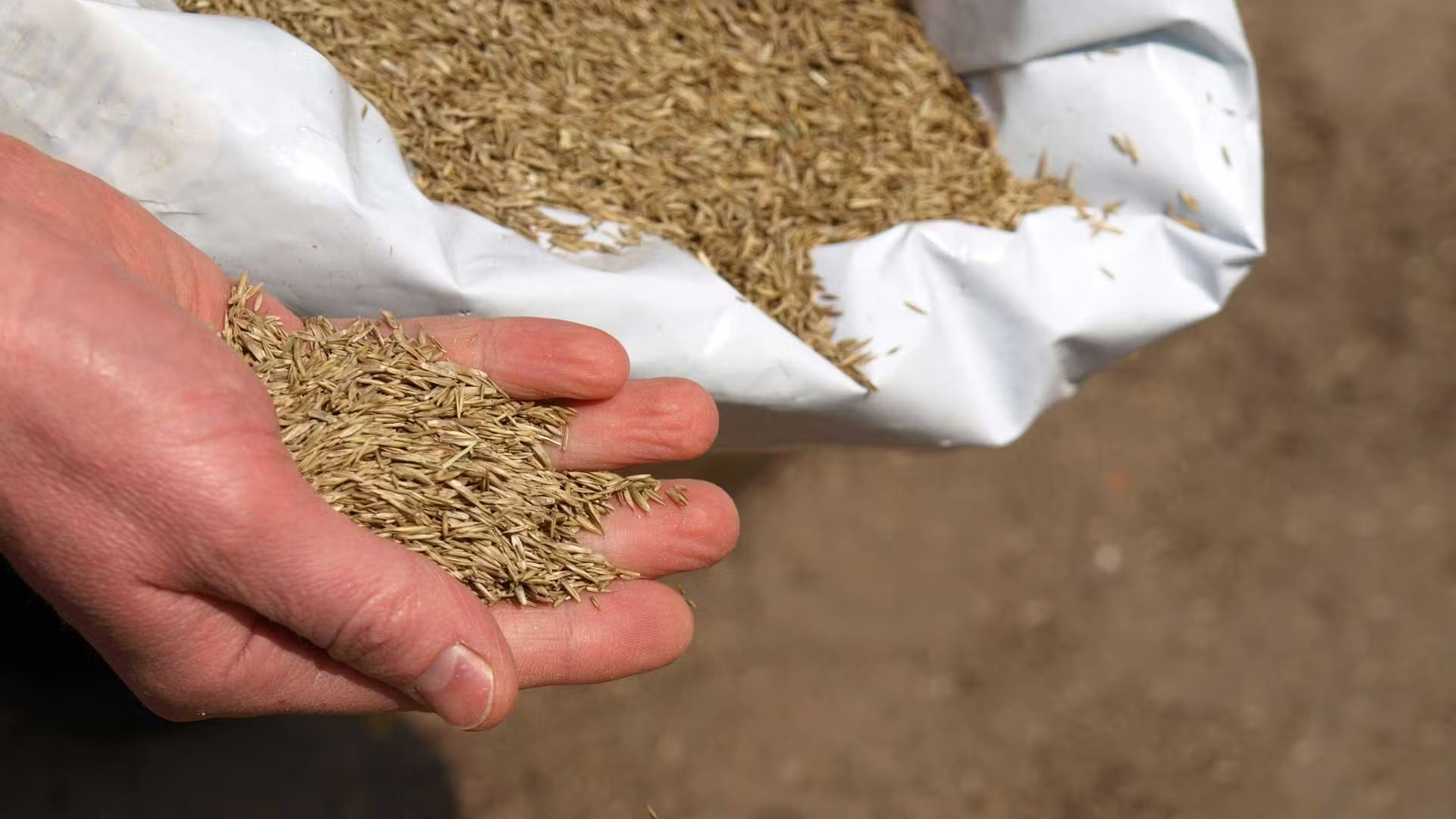
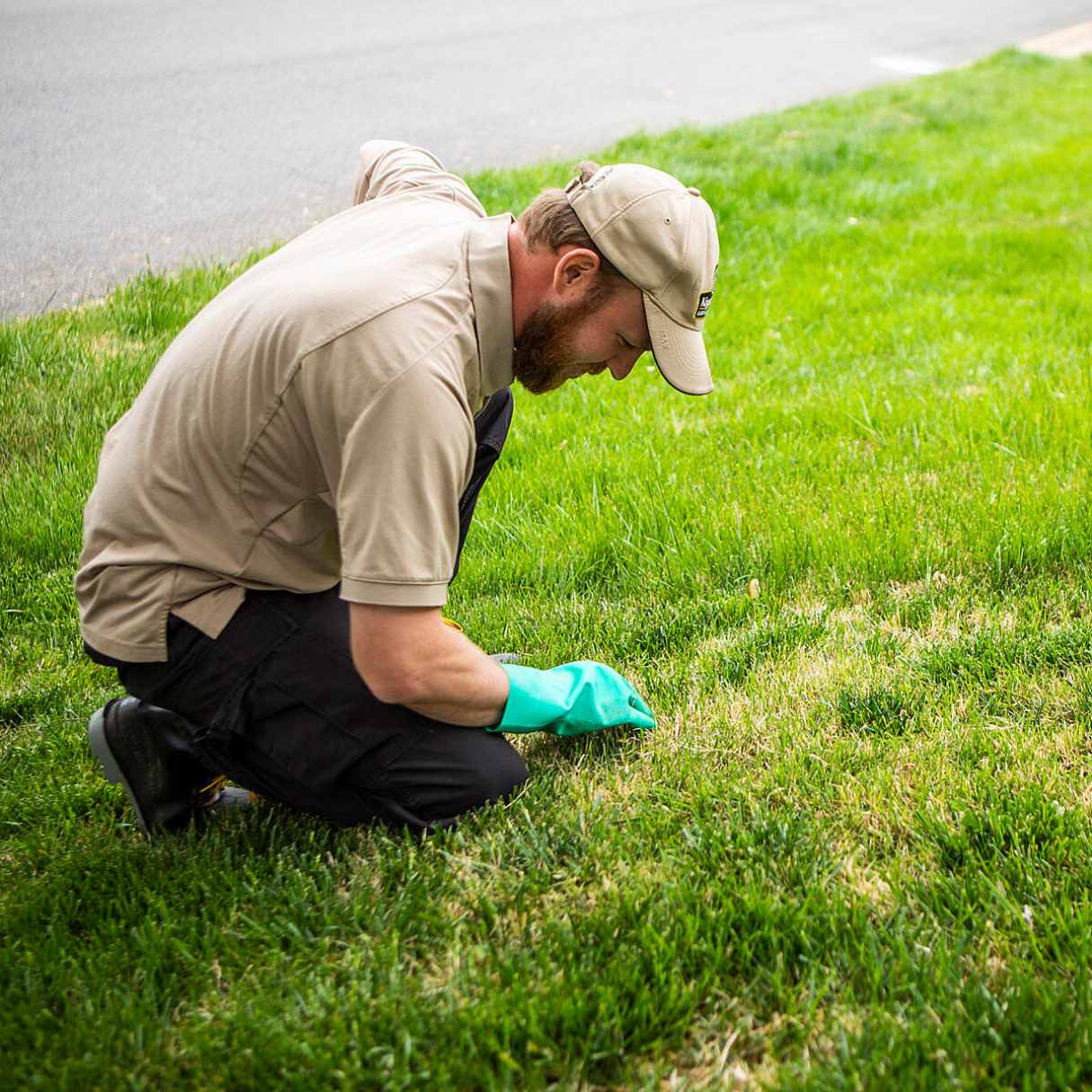
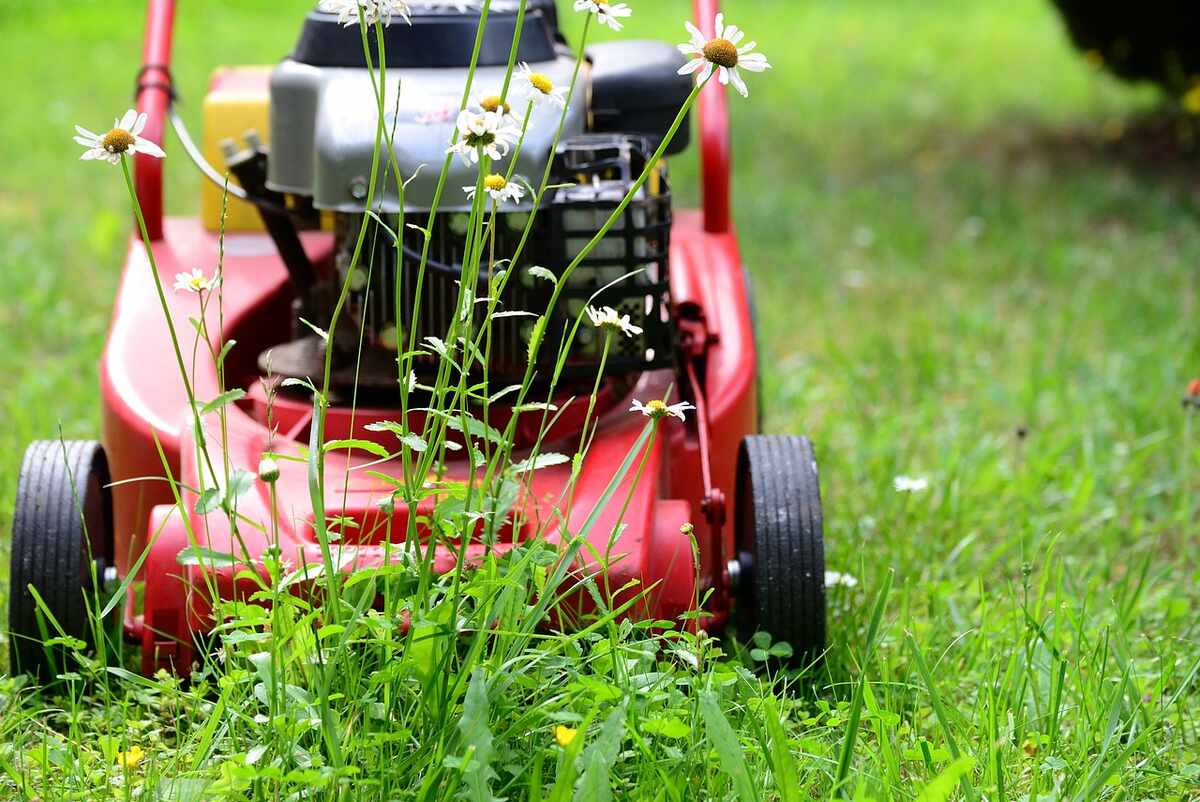
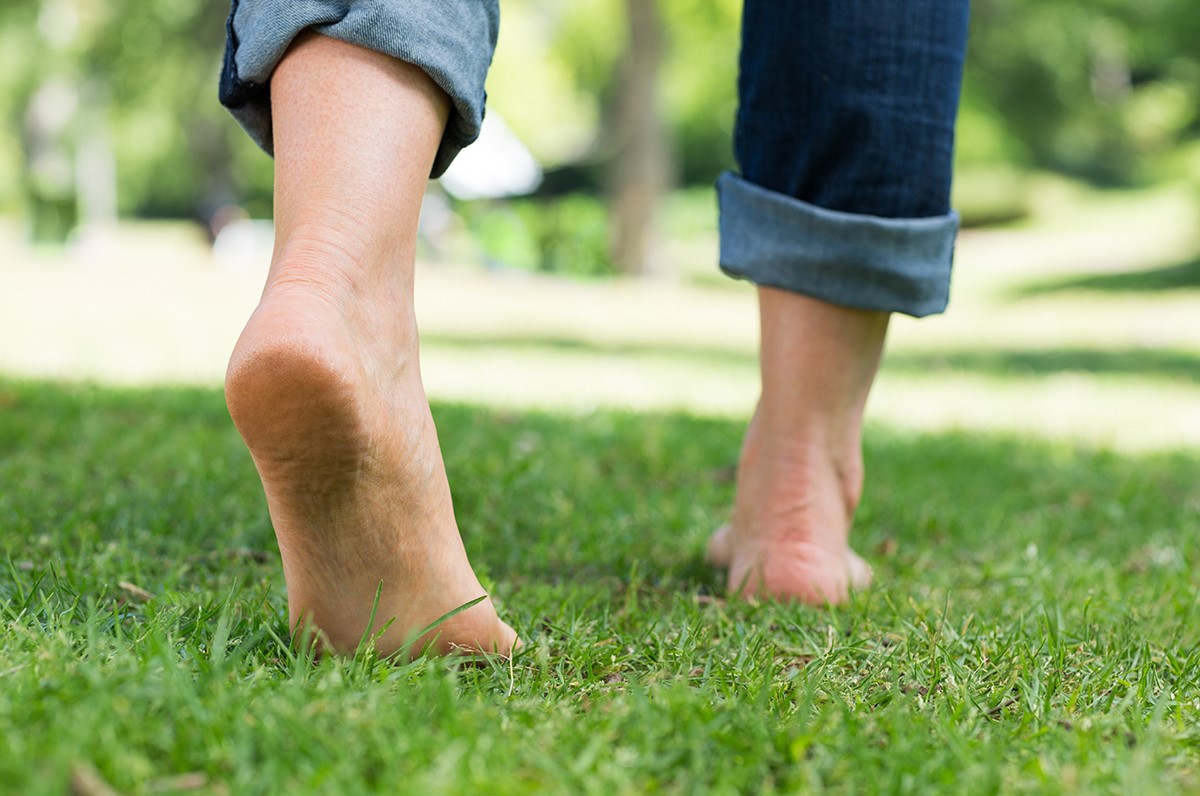
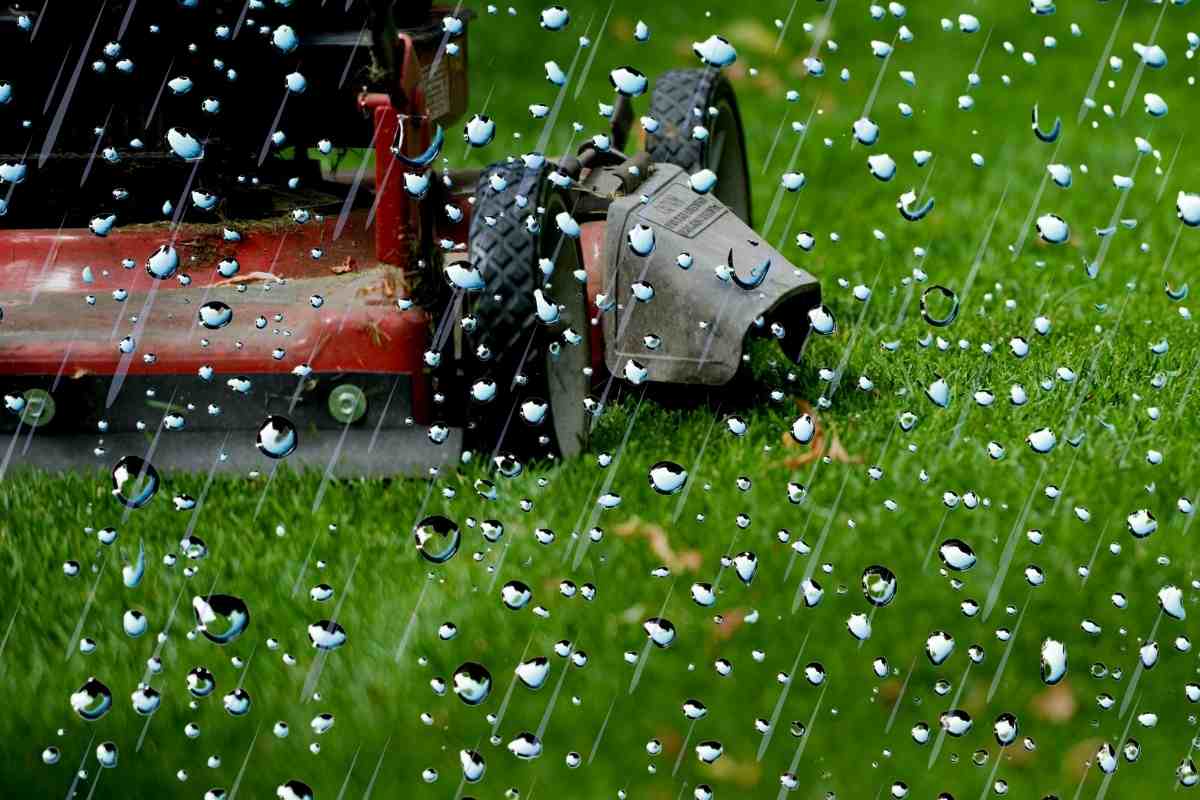
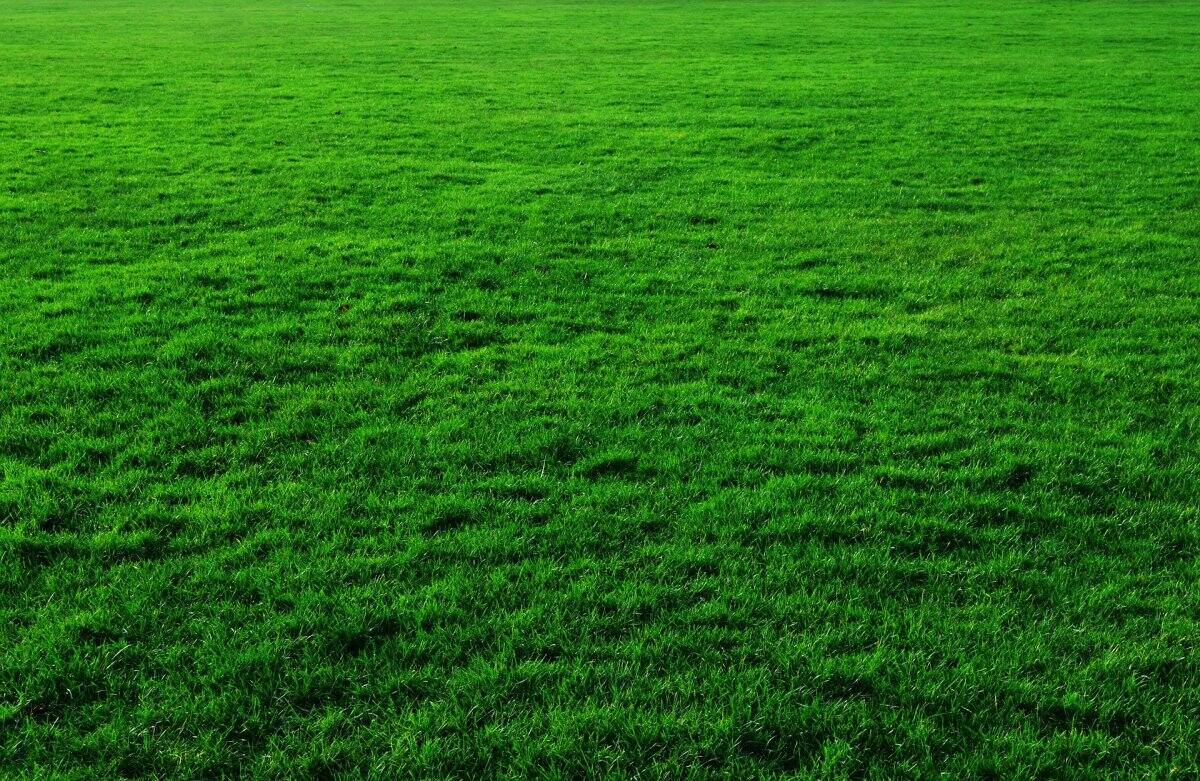
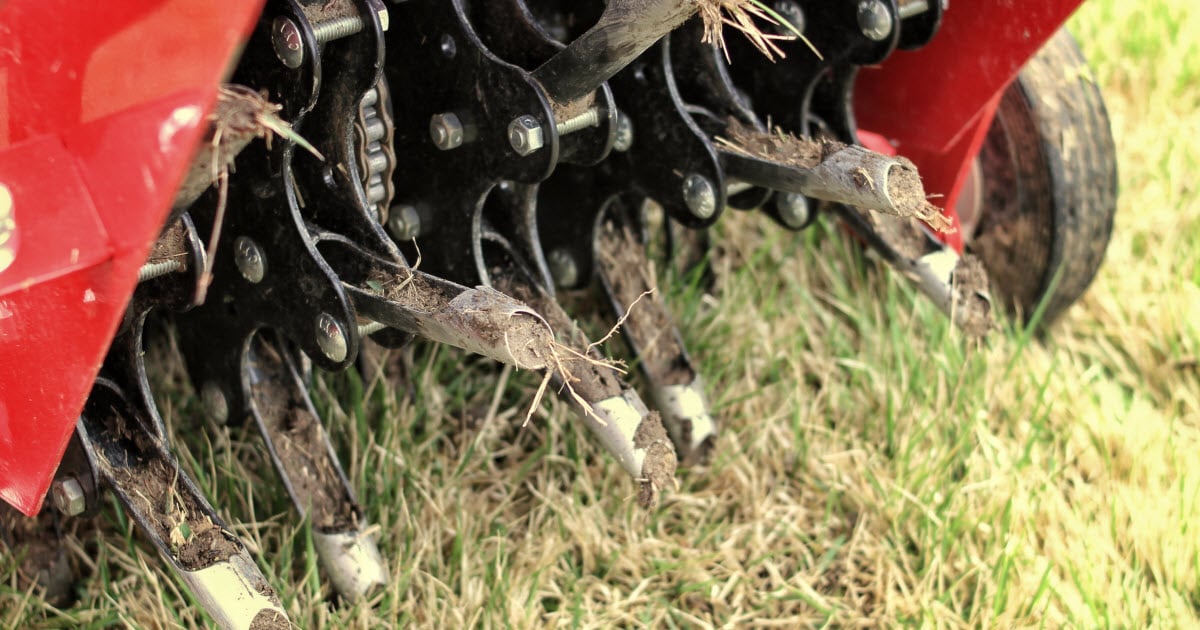
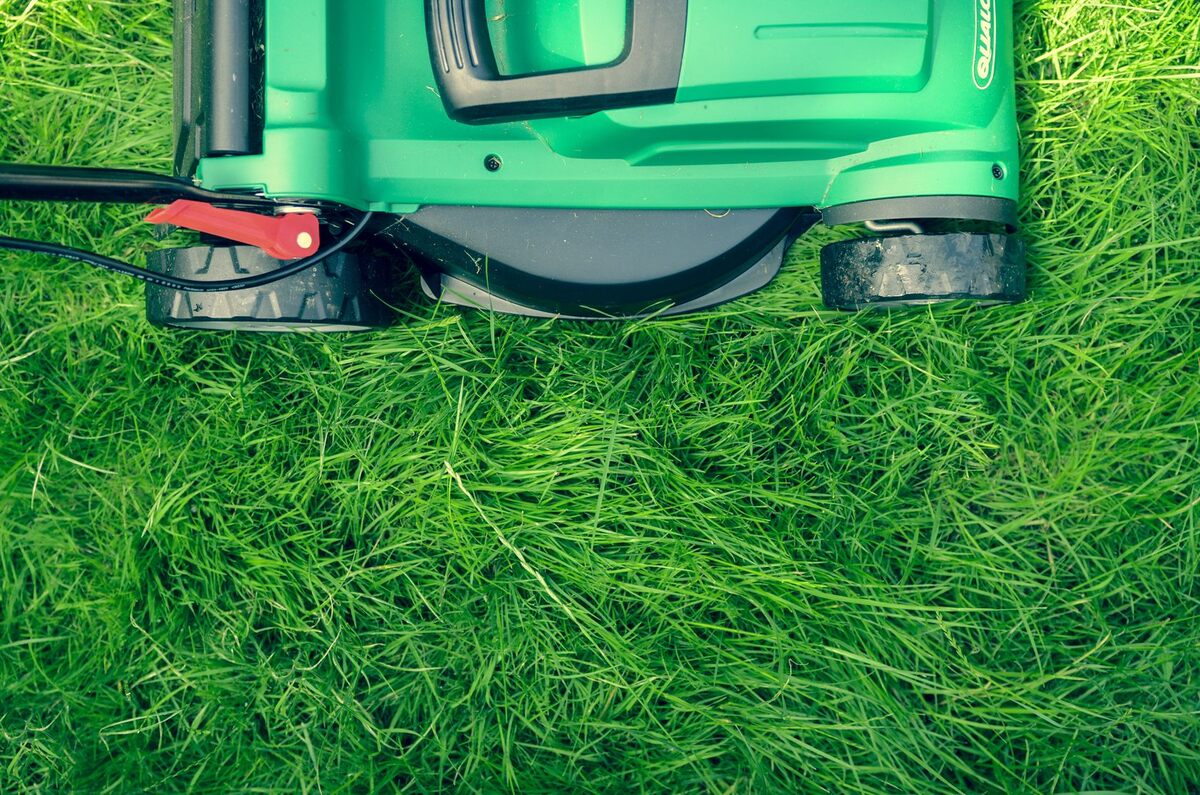

0 thoughts on “How Long To Stay Off Grass After Treatment”